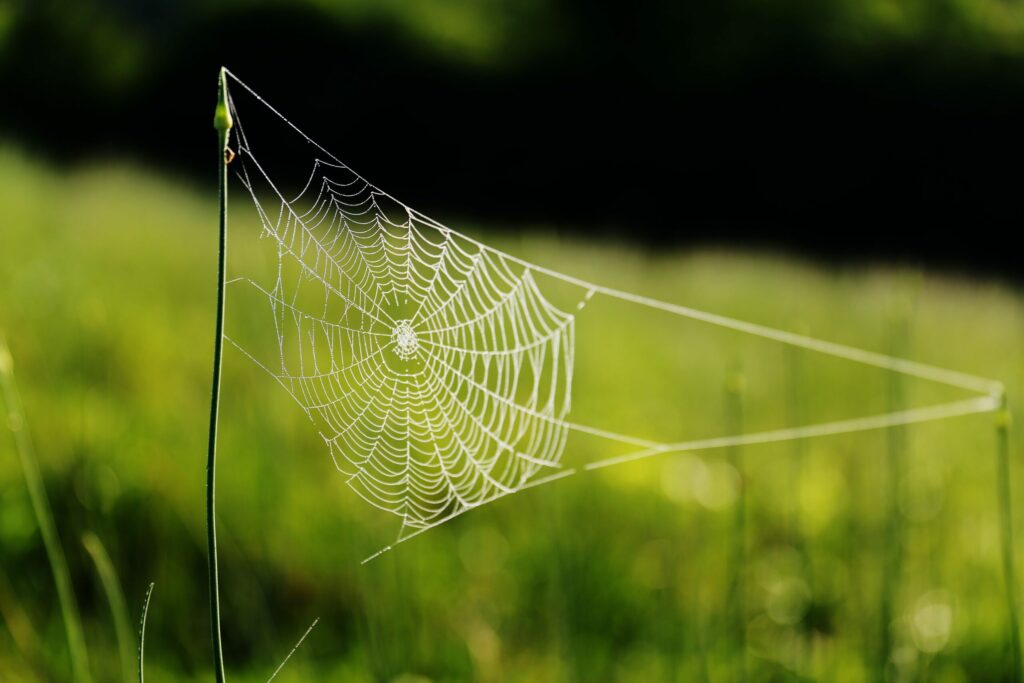Spider webs are firming as the next big thing for scientists who have the tricky task of keeping tabs on what’s living where in the wild.
A new Curtin University study has shown webs are excellent natural traps of environmental DNA – the tiny scraps of genetical material living things shed as they go about their business.
By analysing what the sticky strands catch – like floating bits of skin, hair, dust, even insects – scientists can work out what animals are present in the general vicinity.
That’s extremely valuable information when it comes to understanding where threatened species are living, for example, or where harmful invaders like foxes or cane toads might be moving in.
“With only trace amounts of DNA needed to identify animals, this cheap and non-invasive method could be a game-changer in how we explore and protect our terrestrial biodiversity,” says the study’s lead author, PhD candidate Joshua Newton.
The idea for the study came when Mr Newton’s research supervisor, Professor Morten Allentoft, during a walk at Bibra Lake, in suburban Perth.
“He saw a giant golden orb spider. They have these big webs, sometimes up to a metre wide. They’re huge,” Mr Newton says.
“There’s already been a bit of work to show DNA is floating around in the air. And he had a thought that maybe these giant, sticky webs might work perfectly to passively capture it.
“On top of that we know we can also get DNA from flies because they land on both dead and alive animals and their scat, and from the blood meals of mosquitoes.”
So the webs capture DNA in two ways – directly as it floats around in the air attached to dust and the like, and indirectly from whatever trapped insects are carrying.
Mr Newton believes the potential applications are vast.
“You can get this environmental DNA quite easily from hard-to-get-to places, where it’s hard to go in and do traditional surveys. You don’t have to trap animals, you don’t have to see or hear them.”
Prof Allentoft says initial results from work in Perth’s hills were promising, with a bunch of local wildlife detections.
“But the true potential of this method unfolded when we repeated the spider web sampling in Perth Zoo and suddenly got giraffe and rhinoceros DNA in the webs,” he says.
Other work, centred on the Karakamia wildlife sanctuary north east of Perth, had demonstrated the method’s value as an ecological monitoring tool.
The refuge is protected by a feral-proof fence designed to keep out cats and foxes.
But samples from webs inside the refuge showed foxes were clearly lurking around the perimeter, ever hopeful of finding a way in.
The peer reviewed study has been published in the journal iScience.
Tracey Ferrier
(Australian Associated Press)





